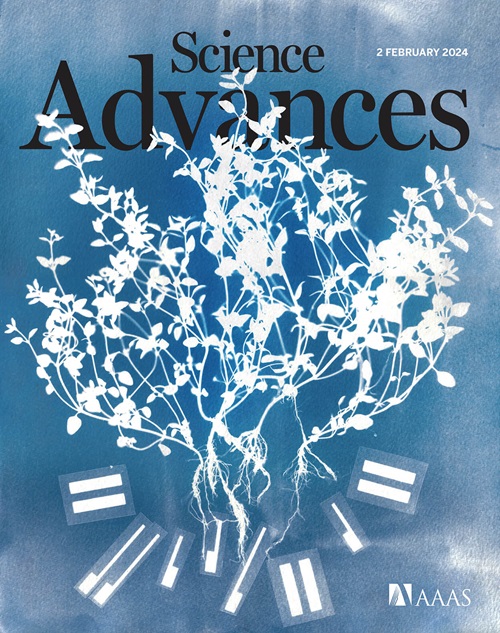Traversing the Kuroshio: Paleolithic migration across one of the world’s strongest ocean currents
IF 11.7
1区 综合性期刊
Q1 MULTIDISCIPLINARY SCIENCES
引用次数: 0
Abstract
The maritime migration to the South Ryukyu Islands of southwestern Japan, which occurred approximately 30,000 years ago, was one of the most difficult sea crossings accomplished by the Late Pleistocene Homo sapiens. This study performs numerical simulations to investigate the conditions that were needed to cross between Taiwan and Yonaguni Island, where one of the world’s strongest ocean currents, the Kuroshio, remains active. We combined simulations based on three ocean models with data from an actual experimental voyage conducted in 2019. The results showed that travel across this sea would have been possible on both the modern and Late Pleistocene oceans if a dugout canoe was used with a suitable departure place and paddling strategy. Recognizing the Kuroshio, paddling to counteract this current, and using high-level navigation were crucial to success. This suggests that the Paleolithic maritime expansion in the Western Pacific involved both advanced technologies and strategic challenges.
穿越黑潮:旧石器时代的移民穿越世界上最强的洋流之一
大约3万年前,向日本西南部南琉球群岛的海上迁徙,是晚更新世智人完成的最困难的海上迁徙之一。这项研究进行了数值模拟,以调查台湾和与那国岛之间穿越所需的条件,那里有世界上最强的洋流之一,黑潮,仍然活跃。我们将基于三种海洋模型的模拟与2019年进行的实际实验航行的数据结合起来。结果表明,在现代和晚更新世的海洋上,如果使用独木舟,并有合适的出发地点和划桨策略,穿越这片海域是可能的。识别黑潮,划桨对抗这股水流,并使用高级导航是成功的关键。这表明,旧石器时代在西太平洋的海上扩张既涉及先进技术,也涉及战略挑战。
本文章由计算机程序翻译,如有差异,请以英文原文为准。
求助全文
约1分钟内获得全文
求助全文
来源期刊

Science Advances
综合性期刊-综合性期刊
CiteScore
21.40
自引率
1.50%
发文量
1937
审稿时长
29 weeks
期刊介绍:
Science Advances, an open-access journal by AAAS, publishes impactful research in diverse scientific areas. It aims for fair, fast, and expert peer review, providing freely accessible research to readers. Led by distinguished scientists, the journal supports AAAS's mission by extending Science magazine's capacity to identify and promote significant advances. Evolving digital publishing technologies play a crucial role in advancing AAAS's global mission for science communication and benefitting humankind.
 求助内容:
求助内容: 应助结果提醒方式:
应助结果提醒方式:


